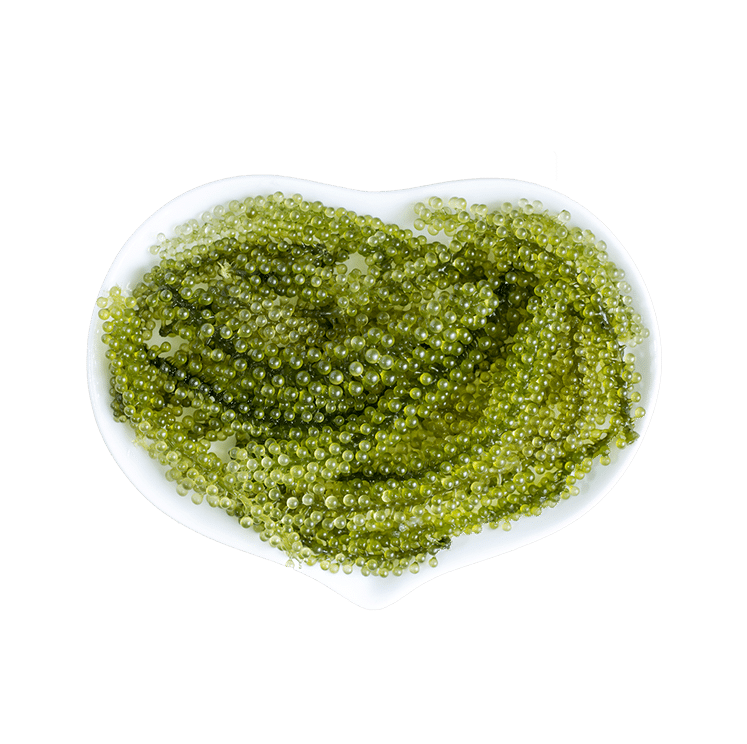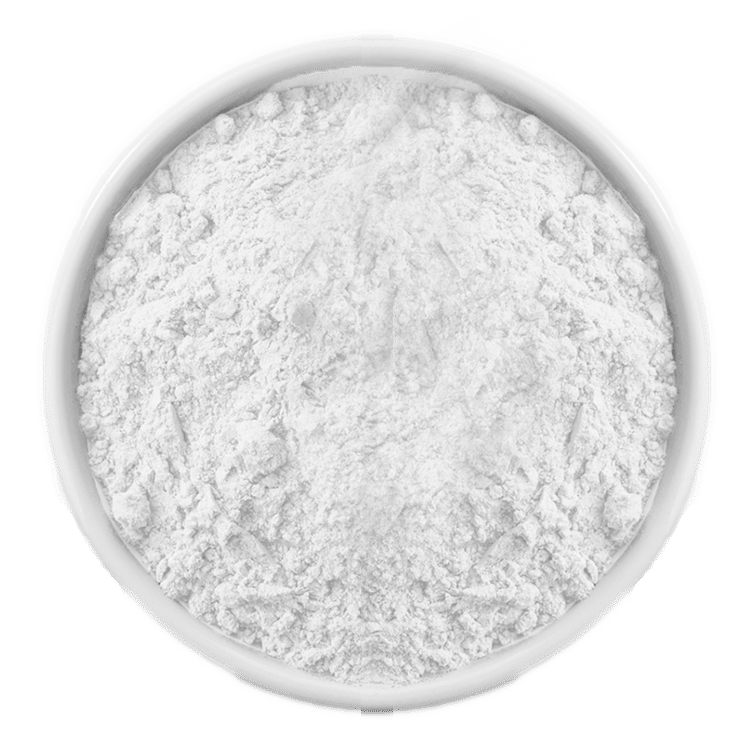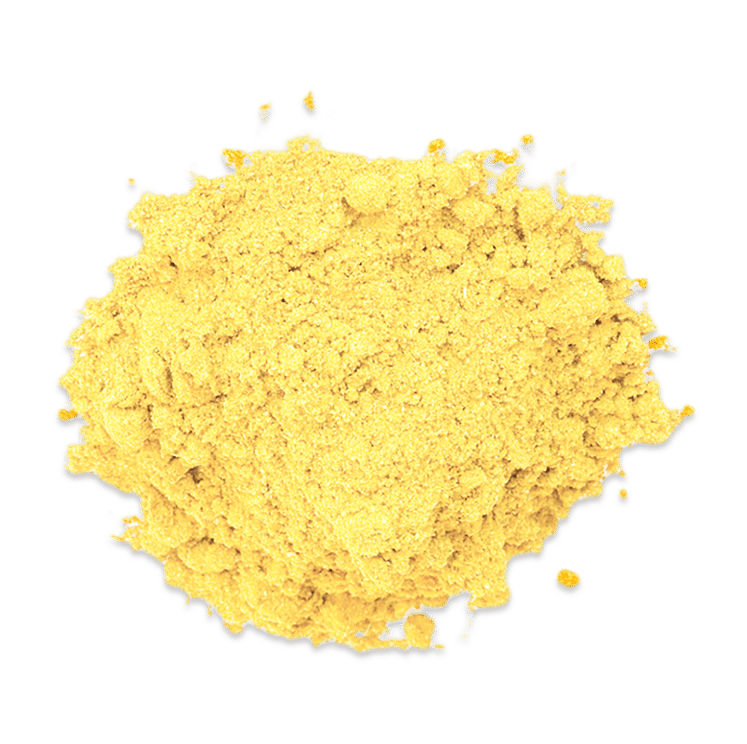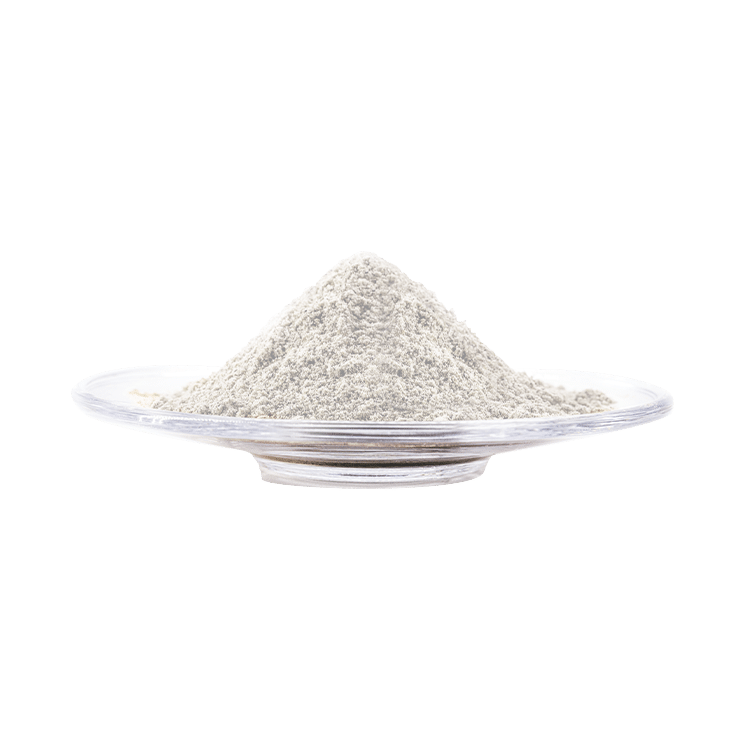
Science and Innovation
“We must remain both informed on and participate in the expansion of our scientific understanding of traditional and emerging natural ingredients on health.”
Dr. Traj Nibber
AOR Supports Researchers
Scientific integrity and innovation have been central to the AOR philosophy since its foundation.
Whether it’s scouring through journals, attending conferences, or reaching out to our vast network of research collaborators, we are confident in our ability to recognize high-quality scientific data and conclusions.
We use these conclusions to direct our formulation and procurement to bring you the best health options.
AOR’s Ingredient Knowledge Base
AOR has an extensive network of raw material suppliers who are required to provide complete information on the origin, extraction methods, processing, additives, sustainability and manufacturing compliance.
Find Ingredients here
AORX - Global Collaborators for Neutraceutical Research
AOR is participating in research collaborations with institutions here in North America and around the world. From the University of Ulster in Belfast to the University of Amsterdam and the University of Sydney, we’re joining together with researchers to discover cutting edge treatments and unique formulations.
Featured Collaborations
-
Academic Institutions
-
Albert Einstein Medical College
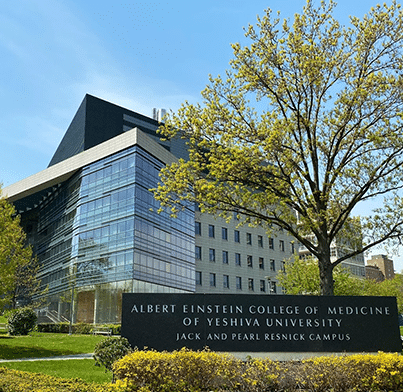
Albert Einstein Medical College
Collaborator: Dr. Brownlee, Albert Einstein Medical College
Research Summary: This clinical study aims to evaluate the effect of benfotiamine and R‐lipoic acid on blood glycating indices HbA1c, as a marker of diabetes.
Current Status: Completed
Stage: Clinical study
Rutgers University
Rutgers University
Collaborator: Dr. Qingrong Huang, Rutgers University
Research Summary: This project focused on the development of potent polymethoxylated flavonoids as hypocholesterolemic, antiobesity and anticancer agents.
Current Status: Completed
Stage: Pre-clinical study
Collaborator: Dr. Qingrong Huang, Rutgers University
Research Summary: Bioavailability is a pressing problem not only with pharmaceuticals but also with natural health products. It is estimated that over 40% of all new drugs that are being developed have poor bioavailability. AOR has collaborated with Professor Qingrong Huang and his team to develop a number of delivery forms for improving bioavailability including formation of stable and effective micro and nano‐emulsions, solid lipid particles, organogels, self‐emulsifying nano drug delivery systems and other formulations.
Current Status: Completed
Stage: Pre-clinical study
Queen’s University
Queen’s University
Collaborator: Dr. John Muscedere, Queen’s University
Research Summary: Lactoferrin (LF), an 80‐kDa, multifunctional glycoprotein of the transferrin family, is distributed widely in humans particularly in secretions of exocrine glands and specific neutrophil granules. The highest concentrations of LF are found in breast milk and colostrum. As an important component of the human innate immune system, it has many appealing properties that may prove effective for the prevention of Nosocomial Infections (NIs). This clinical study evaluated the role of lactoferrin in the prevention of NIs in the critically ill.
Current Status: Completed
Stage: Clinical study
-
Health Conditions
-
Cardiovascular Health

Cardiovascular Health
This study analysed the effects that riboflavin has on blood pressure in regard to individuals lacking a specific enzyme that helps the body utilize folate. Collaborator: Dr. Helene McNulty, University of Ulster
This study evaluated the use of riboflavin as a measure to counter high blood pressure associated with pregnancy. Collaborator: Dr. Jobe Modou, University of Gambia and Dr. Andrew Prentice, London School of Hygiene & Tropical Medicine
This research project focused on using pea protein to reduce blood pressure while maintaining healthy kidney function by decreasing the activity of renin (an aspartic protease protein and enzyme secreted by the kidneys). Collaborator: Dr. Rotimi Aluko, University of Manitoba
This project aims to determine if taurine has a role in reducing the abnormal flux of calcium ions and ferrous ions to minimize oxidative and inflammatory damage caused by an iron level overload in heart muscle cells and other tissues. Collaborator: Dr. Michael Sole and Dr. Kevin Kuo, University Health Network, University of Toronto
This project focused on developing formulations to reduce homocysteine (an amino acid) and evaluated the effects on the common markers of cardiovascular diseases. Collaborator: Dr. Christopher Low, University of East Anglia
Blood Sugar/Diabetes
Blood Sugar/Diabetes
This study evaluated the effects of benfotiamine and R‐lipoic acid on blood glycating indices HbA1c, as a marker of diabetes. Collaborator: Dr. Brownlee, Albert Einstein Medical College
Immunity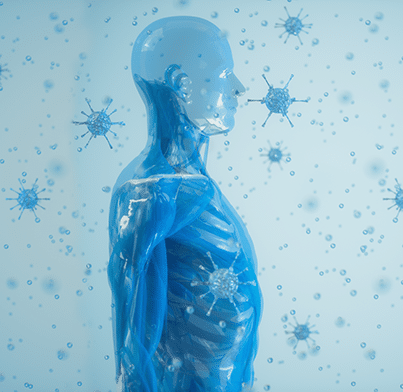
Immunity
This clinical study evaluated the role of lactoferrin (a glycoprotein found in breast milk) in the prevention of nosocomial infections (ex. UTIs and respiratory pneumonia) in the critically ill. Collaborator: Dr. John Muscedere, Queen’s University
This study aims to evaluate the role of oral bovine lactoferrin (a glycoprotein found in breast milk) in reducing the rate of mortality, or major morbidity, in very low birth weight preterm infants. Collaborator: Dr. Elizabeth Asztalos, University of Toronto/Sunnybrook Research Institute
This study is evaluating the effect of bovine lactoferrin (a glycoprotein found in breast milk) in reducing neonatal sepsis, mortality rates and anemia in women of reproductive age. Collaborator: Dr. Michael Dibley, University of Sydney
This study tested the effects of Lactoferrin, a milk glycoprotein with anti-inflammatory, immunomodulatory and antimicrobial properties, as a treatment for neonatal sepsis. Collaborator: Dr. Keith Barrington, University of Montréal
Albert Einstein Medical College

Albert Einstein Medical College
Collaborator: Dr. Brownlee, Albert Einstein Medical College
Research Summary: This clinical study aims to evaluate the effect of benfotiamine and R‐lipoic acid on blood glycating indices HbA1c, as a marker of diabetes.
Current Status: Completed
Stage: Clinical study
Rutgers University

Rutgers University
Collaborator: Dr. Qingrong Huang, Rutgers University
Research Summary: This project focused on the development of potent polymethoxylated flavonoids as hypocholesterolemic, antiobesity and anticancer agents.
Current Status: Completed
Stage: Pre-clinical study
Collaborator: Dr. Qingrong Huang, Rutgers University
Research Summary: Bioavailability is a pressing problem not only with pharmaceuticals but also with natural health products. It is estimated that over 40% of all new drugs that are being developed have poor bioavailability. AOR has collaborated with Professor Qingrong Huang and his team to develop a number of delivery forms for improving bioavailability including formation of stable and effective micro and nano‐emulsions, solid lipid particles, organogels, self‐emulsifying nano drug delivery systems and other formulations.
Current Status: Completed
Stage: Pre-clinical study
Queen’s University

Queen’s University
Collaborator: Dr. John Muscedere, Queen’s University
Research Summary: Lactoferrin (LF), an 80‐kDa, multifunctional glycoprotein of the transferrin family, is distributed widely in humans particularly in secretions of exocrine glands and specific neutrophil granules. The highest concentrations of LF are found in breast milk and colostrum. As an important component of the human innate immune system, it has many appealing properties that may prove effective for the prevention of Nosocomial Infections (NIs). This clinical study evaluated the role of lactoferrin in the prevention of NIs in the critically ill.
Current Status: Completed
Stage: Clinical study
Cardiovascular Health

Cardiovascular Health
This study analysed the effects that riboflavin has on blood pressure in regard to individuals lacking a specific enzyme that helps the body utilize folate. Collaborator: Dr. Helene McNulty, University of Ulster
This study evaluated the use of riboflavin as a measure to counter high blood pressure associated with pregnancy. Collaborator: Dr. Jobe Modou, University of Gambia and Dr. Andrew Prentice, London School of Hygiene & Tropical Medicine
This research project focused on using pea protein to reduce blood pressure while maintaining healthy kidney function by decreasing the activity of renin (an aspartic protease protein and enzyme secreted by the kidneys). Collaborator: Dr. Rotimi Aluko, University of Manitoba
This project aims to determine if taurine has a role in reducing the abnormal flux of calcium ions and ferrous ions to minimize oxidative and inflammatory damage caused by an iron level overload in heart muscle cells and other tissues. Collaborator: Dr. Michael Sole and Dr. Kevin Kuo, University Health Network, University of Toronto
This project focused on developing formulations to reduce homocysteine (an amino acid) and evaluated the effects on the common markers of cardiovascular diseases. Collaborator: Dr. Christopher Low, University of East Anglia
Blood Sugar/Diabetes

Blood Sugar/Diabetes
This study evaluated the effects of benfotiamine and R‐lipoic acid on blood glycating indices HbA1c, as a marker of diabetes. Collaborator: Dr. Brownlee, Albert Einstein Medical College
Immunity

Immunity
This clinical study evaluated the role of lactoferrin (a glycoprotein found in breast milk) in the prevention of nosocomial infections (ex. UTIs and respiratory pneumonia) in the critically ill. Collaborator: Dr. John Muscedere, Queen’s University
This study aims to evaluate the role of oral bovine lactoferrin (a glycoprotein found in breast milk) in reducing the rate of mortality, or major morbidity, in very low birth weight preterm infants. Collaborator: Dr. Elizabeth Asztalos, University of Toronto/Sunnybrook Research Institute
This study is evaluating the effect of bovine lactoferrin (a glycoprotein found in breast milk) in reducing neonatal sepsis, mortality rates and anemia in women of reproductive age. Collaborator: Dr. Michael Dibley, University of Sydney
This study tested the effects of Lactoferrin, a milk glycoprotein with anti-inflammatory, immunomodulatory and antimicrobial properties, as a treatment for neonatal sepsis. Collaborator: Dr. Keith Barrington, University of Montréal
Access AOR’s expansive research library
We believe that consumers should have access to high quality research to make informed decisions.
Research into natural therapeutics is growing exponentially. Stay up to date with AOR’s research library.
Find Research here
Let’s keep in touch
Don’t worry we only send updates monthly on offers, product changes, and new opportunities for you.
"*" indicates required fields

